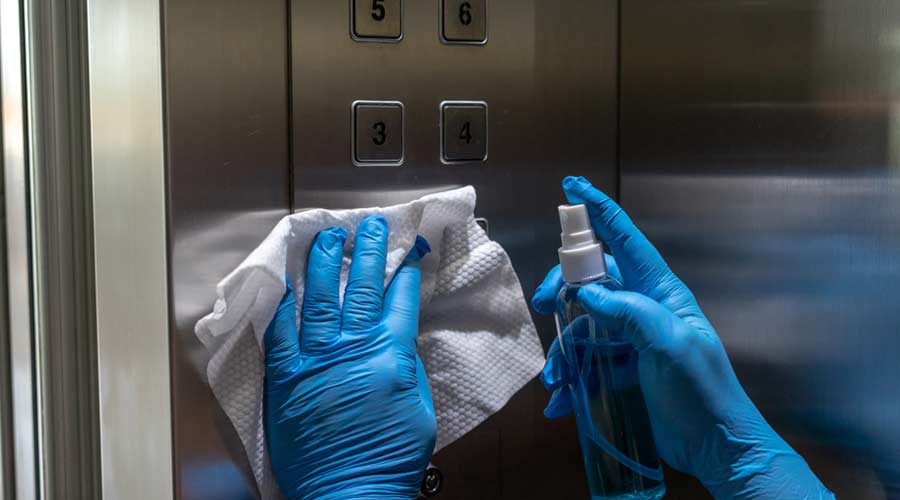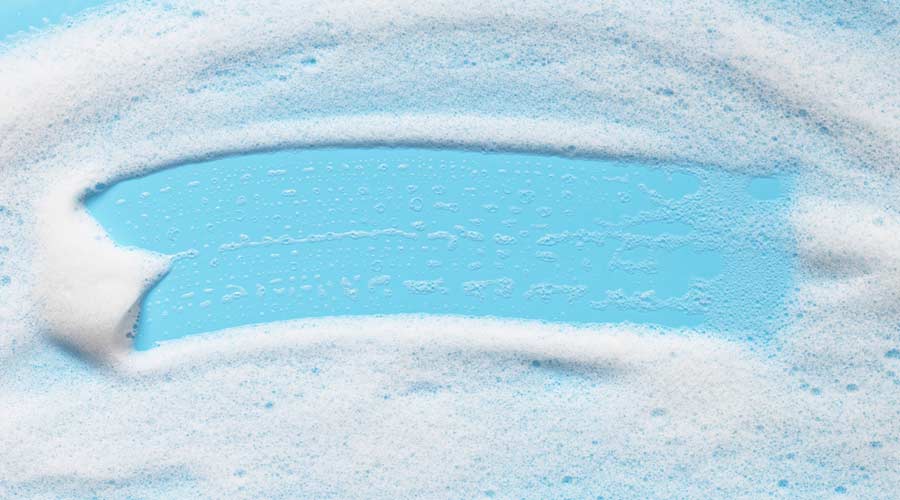 Case Studies & White Papers
Case Studies & White Papers
Case studies & white papers for the cleaning professional
Steam Cleaning: When Disinfection Demands a Rapid Response
MRSA. E. coli. C-diff. VRE. These and other terms once heard only in laboratories and science classes have gone mainstream in recent years, making headlines and driving water-cooler conversations.
This is not a cause for celebration.
Infections transmitted by contaminated surfaces are a growing and serious threat to public health. Emerging pathogens such as Norovirus; methicillin-resistant Staphylococcus aureus (MRSA); Vancomycin-resistant Enterococcus faecalis (VRE); and Clostridium difficile (C-diff) can all be spread by contaminated surfaces, making their containment that much more difficult. Cruise ships, hospitals, schools and other facilities and institutions where large groups of people congregate on a regular basis are prime targets for the spread of infection.
In addition to regular handwashing, killing or otherwise inactivating pathogens on surfaces on a regular basis through disinfection is one of the most effective methods of preventing the surface-mediated transmission of disease. The most common approach is to use liquid chemical disinfectants containing sodium hypochlorite, quaternary ammonium compounds and phenols to mitigate the risk of transmission. However, problems exist: the lengthy contact or “dwell” times required; allergenic attributes; the inability of the chemicals to work effectively on certain types of porous surfaces and other factors can limit both the practicality and effectiveness of this approach.
A recent study conducted by Texas-based Antimicrobial Test Laboratories sought to identify a practical, rapid technology for the disinfection of environmental surfaces. It evaluated the efficacy and practicality of a dry steam vapor disinfection system with a proprietary nano-crystallization module – known as TANCS – to gauge how it measured up against traditional methods.
Under strict laboratory test conditions, quantitative time-kill analyses were performed using U.S. EPA-registered chemical disinfectants as benchmarks. Unglazed clay tiles were inoculated with high levels of the aforementioned pathogens, as well as Salmonella enterica, MS2 coliphage, Methicillin-sensitive Staphylococcus aureus, Candida albicans and Aspergillus niger. The tiles were then briefly treated with the TANCS steam vapor, with contact times ranging from 0.5 seconds to 30 seconds.
All of the microbes, including endospores of C-diff, were completely inactivated within 5 seconds of treatment with the TANCS-equipped dry steam vapor system. The study also showed that under the same conditions, the traditional chemical disinfectants killed fewer microorganisms in the same period of contact.
The steam vapor disinfection process is quite simple. Water has a very high “specific heat” or ability to hold heat energy, making saturated steam a very efficient vehicle for transferring heat energy to a surface. The transfer disrupts the bonds holding the dirt to surfaces and, in many cases, liquefies the soil itself, making it available for removal. Since steam tends to release its heat energy on contact with the surface, accumulated soils and other residues are disintegrated and easily removed. The destructive action of the steam/heat on microbial proteins – as well as the destruction of the fatty cellular membranes of bacteria and fungi – kills germs.
Once sufficient heat has been delivered to the surface by the steam such that live microorganisms are no longer present, the surface is disinfected.
The TANCS-equipped dry steam vapor system is especially effective on irregular, uneven, or textured surfaces. Since steam penetrates pores that many chemicals and abrasive cleaners cannot, it is a thorough, reliable means of surface disinfection. The chemical-free system also provides additional health benefits: cleaning professionals are not exposed to the potentially corrosive or allergenic compounds that may be found in traditional chemical disinfectants.
The system’s effectiveness against a wide range of microorganisms – especially when compared against traditional means of disinfection – while at the same time alleviating toxicity and allergenic concerns, presents an opportunity to improve and enhance disinfection programs in a variety of settings. Hospitals, for one, would benefit enormously by such improvements: disproportionate concentrations of antibiotic-resistant pathogens circulate regularly in such facilities.
The efficacy of the technology with respect to disinfecting more environmentally resistant pathogens is still being evaluated; indeed, additional studies may prove it effective against microorganisms thought to be all but immune to disinfection – Giardia lamblia, Cryptosporidium parvum and Bacillus anthracis, to name a few – thereby providing a new weapon in the battle against disease.

 The Down and Dirty on Cleaning in Virus Season
The Down and Dirty on Cleaning in Virus Season How Surfactant Use is Expanding in Commercial Cleaning
How Surfactant Use is Expanding in Commercial Cleaning